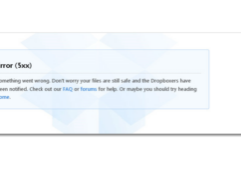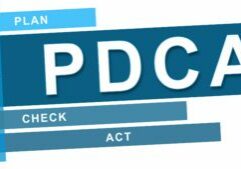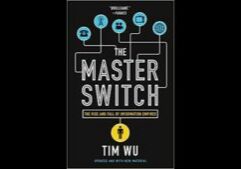If only building a security start-up was as predictable as transitioning from caterpillar to butterfly! But, it’s not. Unfortunately, it usually requires many turns and corresponding changes. Consider companies like Blackberry, once a ubiquitous handset provider, now an enterprise security provider. Or Radware, once a load balancing product company, is now known for its DDoS solutions. The most dramatic change in our industry is Amazon, once a book company, now marketing a whole range of secure cloud solutions.
If you are a start up, you want to avoid the dreaded “pivot” with its associated hard resource costs and, potentially, people costs. How do you keep up with constantly changing marketplace requirements without pivoting? I recently discovered an amazing tool for this purpose, the Business Model Canvas. It’s not brand new, but if you aren’t using it, please read on for a short introduction. For details and much more, please see the original work—Business Model Generation (2010)–by Alexander Osterwalder and Yves Pigneur. It is one of the best practical business books I have read.

Business Model Canvas
This canvas approach allows you to build a picture of your prospective business in one page using a one day brainstorming session. The 9 categories in the canvas above illustrate the key things you need to get right. Notice that technology is not specifically one of them! Of course, it is imbedded in all of the categories, especially “Value Proposition”. Value Proposition is not what you do great, but why prospects will choose you over competitors or over doing nothing. It is the business elevator speech.
The other great thing about the “Canvas” is that it is easy to change. Whereas a formal business plan might fill up 30-100 pages, the Canvas can be changed on a regular basis. This facilitates the incremental, lean approach to business model optimization. In today’s rapidly changing market, this is a critical success factor. The one page canvas forces you to consider all of the components needed for business success. Who are your customer segments? If you don’t have marketing focus, you don’t have marketing.
Osterwalder and Pigneur have some great suggestions on how to build the canvas for your venture, and then how to follow it up and execute. The next step after building the model is developing a formal business plan. Their prototype plan has five section: “Team”, “Business Model”, “Financial Analysis”, “External Environment”, “Implementation Roadmap”, and “Risk Analysis”. The material supporting the canvas can be used as input for each of these sections. For example, “Cost Structure” and “Revenue Streams” will map to “Financial Analysis”. What we have here is a business plan in a box! Now you just need to test it with real customers and tweak as needed.
What if you are an intrapreneur, within an existing business? Osterwalder and Pigneur show how to map their 9 business model categories to the 5 key domains within an existing organization: strategy, people, structure, rewards and processes. By using the language of the existing parent organization, you can achieve start-up goals effectively.
Book an Appointment for Cybersecurity Issues
Request an appointment with Dr. Fred Scholl. We will discuss any cybersecurity issues you have.



























































